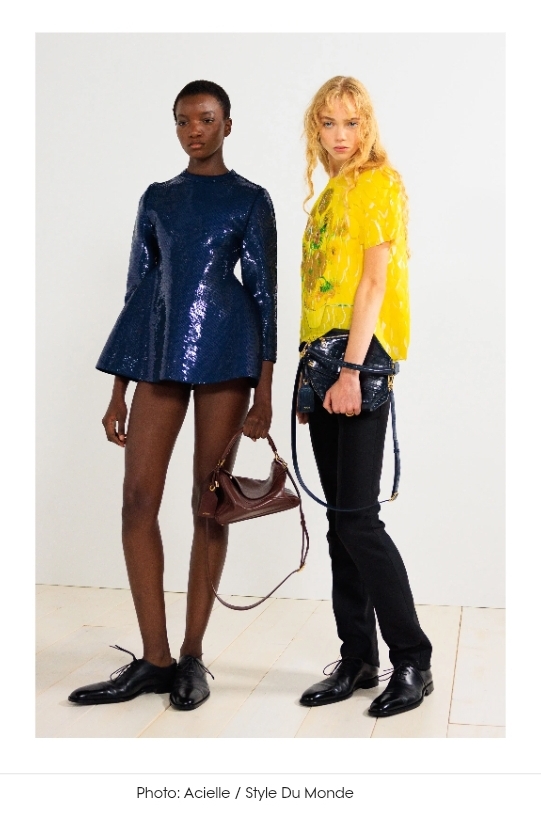Driving Customer Experience Excellence: A Deep Dive into CX Transformation Strategies in Luxury and E-Commerce
In today’s competitive landscape, customer experience (CX) has emerged as a pivotal driver of business success and differentiation. As industries evolve, brands must not only innovate but also foster meaningful connections with their audiences to sustain growth. This article explores how e-commerce giant Amazon Beauty and luxury fashion leaders like LVMH and Chanel are reshaping CX, focusing on tools, methodologies, and strategies that set benchmarks across sectors.
The Rise of Customer Experience as a Core Business Strategy
To begin with, customer expectations have transformed dramatically in recent years, driven by technological advancements and shifting consumer priorities. Moreover, brands across sectors are recognizing that delivering exceptional experiences is no longer optional but essential. Consequently, CX has become the cornerstone of loyalty, advocacy, and revenue growth.
E-Commerce’s CX Revolution: The Case of Amazon Beauty
Amazon Beauty exemplifies how a focus on CX can redefine industry standards. First and foremost, Amazon leverages data analytics to personalize experiences and predict consumer preferences. For instance, its recommendation algorithms suggest products based on browsing behavior, ensuring customers find relevant items effortlessly.
Furthermore, Amazon Beauty enhances convenience through features like one-click ordering and same-day delivery. Simultaneously, its user-generated content, such as reviews and ratings, builds trust and fosters informed purchasing decisions. As a result, customers not only shop but also engage deeply with the platform.
Transitioning to sustainability, Amazon Beauty’s eco-friendly packaging and climate-conscious product listings resonate with environmentally aware consumers. Therefore, its CX strategy is as much about operational efficiency as it is about aligning with customer values.
Luxury Fashion’s Unified Approach to CX Transformation
On the other hand, luxury fashion brands are taking a different yet equally impactful approach to CX. Companies like LVMH and Chanel have embraced sustainability and innovation as core tenets of their customer engagement strategies.
The Role of the ACT Methodology in Driving Change
For luxury fashion, the Accelerating Climate Transition (ACT) initiative marks a significant leap in aligning CX with sustainability goals. Unlike traditional tools, ACT evaluates not only a company’s current efforts but also its long-term plans. As a result, it provides a comprehensive roadmap for meeting climate commitments.
Additionally, the ACT methodology emphasizes collaboration, bringing together industry giants like Chanel, LVMH, and Richemont to standardize practices. Through data collection, scoring assessments, and rigorous reviews, brands can identify gaps and implement actionable solutions. Thus, ACT serves as a vital mechanism for driving accountability and progress across the fashion value chain.
Key Learnings from the ACT Field Test
Notably, the methodology’s pilot phase revealed critical insights into the luxury sector’s strengths and weaknesses. While governance structures and management policies scored well, supplier engagement and Scope 3 emission efforts lagged significantly. Therefore, brands must prioritize these areas to achieve meaningful impact.
Moreover, the findings underscore the importance of transitioning from volume-driven growth to sustainable profitability. For instance, Chanel and LVMH are reimagining their business models to align with low-carbon economies, thereby enhancing CX.
The Intersection of Technology and Sustainability in CX Innovation
Both e-commerce and luxury fashion rely heavily on technology to enhance CX while addressing sustainability. For example, digital tools like Amazon’s Alexa integrate seamlessly into shopping experiences, making them more intuitive. Similarly, luxury brands utilize AI-driven analytics to personalize customer journeys and optimize supply chains.
At the same time, innovations in material science, such as recycled fabrics and carbon-neutral processes, reinforce these efforts. Consequently, technology serves as both an enabler and amplifier of customer-centric sustainability initiatives.
Challenges and Opportunities in CX Excellence
While progress is evident, challenges remain. For one thing, integrating sustainability into CX often requires significant investment and organizational change. Additionally, measuring the ROI of such initiatives can be complex, especially when balancing short-term costs with long-term benefits.
Nevertheless, the opportunities outweigh the hurdles. By prioritizing CX, brands can build deeper relationships with customers, drive loyalty, and enhance their competitive edge. Furthermore, as consumers increasingly demand transparency and responsibility, aligning CX with sustainability offers a unique advantage.
Future Trends Shaping CX Strategies
Looking ahead, several trends are poised to shape the CX landscape across industries. First, the integration of AI and machine learning will continue to refine personalization and predictive capabilities. Second, omnichannel strategies will gain prominence, blending online and offline experiences seamlessly.
Meanwhile, the emphasis on sustainability will grow, with consumers expecting brands to demonstrate genuine commitment rather than performative gestures. As a result, companies that adopt holistic, data-driven approaches to customer experience with CX transformation strategies will lead the way in setting industry standards.

Conclusion: Redefining CX transformation strategies in a Transformative Era
In conclusion, both Amazon Beauty and luxury fashion leaders like LVMH exemplify how innovative CX transformation strategies can drive growth and loyalty. By leveraging technology, embracing sustainability, and fostering collaboration, these brands are not only meeting but exceeding customer expectations.
As industries navigate a rapidly changing landscape, the importance of CX cannot be overstated. Ultimately, the ability to adapt, innovate, and prioritize customer needs will define the leaders of tomorrow.

